Save an extra 5% Off Selected Items This Weekend With PAY5!
Free Shipping On All Orders!
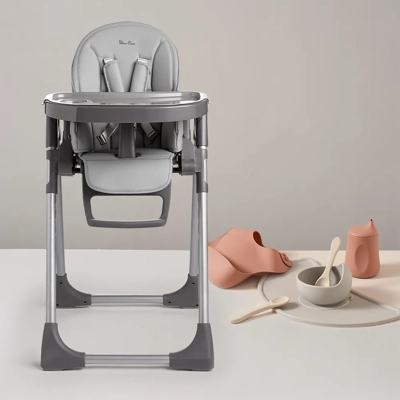
Makes mealtimes fun
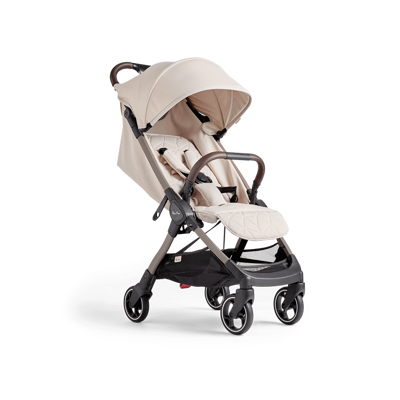
For everyday strolls with a one hand fold

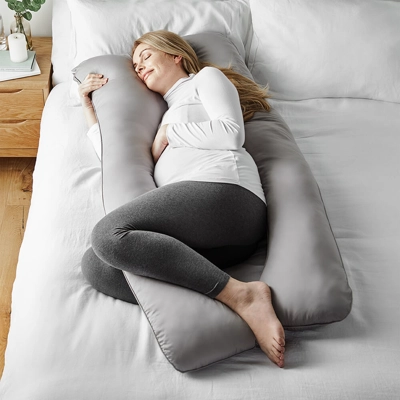
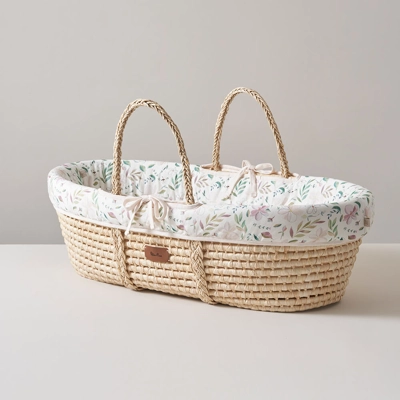
Add Muslin Swaddles worth £45 for FREE!
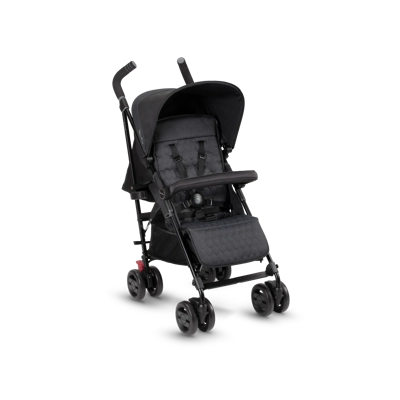
Suitable from newborn to toddler, Pop is the ultimate everyday pushchair offering a smooth and comfortable ride for baby and added peace-of-mind for parents.
The place for parents to be
Min read
Min read
Min read
Min read
Min read
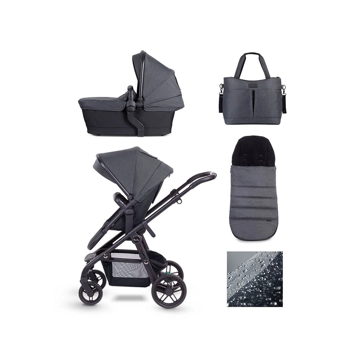
Coast is our cool and durable carrycot/pushchair travel system which features stylish detailing and premium marl fabrics. Coast is fully accessorised with a co-ordinating deeply padded footmuff and super practical pram bag.
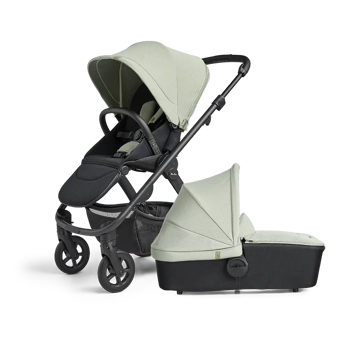
Tide is our new multi-terrain pushchair with an overnight sleeping approved carrycot, reversible multi-recline pushchair seat and effortless freestanding fold.
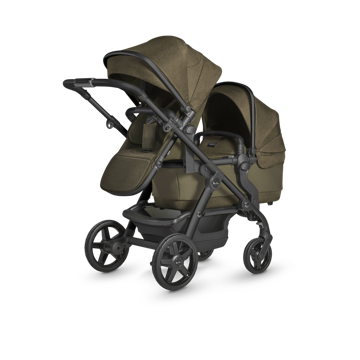
Introducing the all new Wave, our future-proof travel system that’s designed especially for growing families.
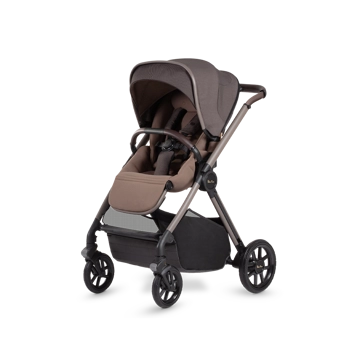
Suburban, stylish, sustainable – Reef is our multi-terrain travel system offering the ultimate in baby comfort no matter where your adventures take you.

Dune, our contemporary and compact urban travel system proves there’s no need to compromise when it comes to style and functionality.

Add an award-winning Dream i-Size Infant Carrier & Base with your Coast pushchair, designed for everyday strolls
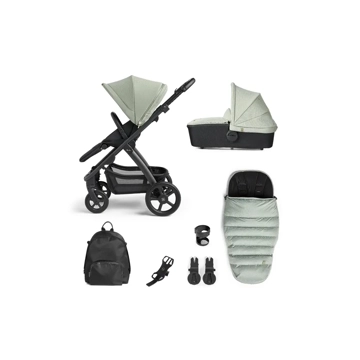
Our lightest, most compact multi-terrain pushchair, Tide is made for exploring. Includes Accessory pack with a changing rucksack, footmuff, phone holder and cup holder.

Our lightest, most compact multi-terrain pushchair, Tide is made for exploring. With 4-wheel suspens...

Our lightest, most compact multi-terrain pushchair, Tide is made for exploring. With 4-wheel suspens...

Everything you need with your Wave pram including Dream i-Size infant carrier & base, changing bag, footmuff, phone holder and snack tray
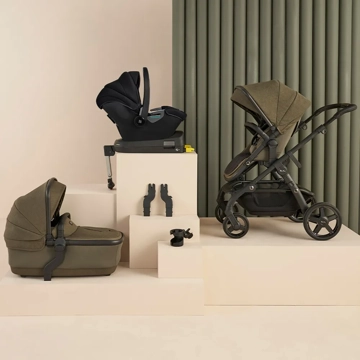
Turn your Wave pram into a Travel System with an award-winning Dream i-Size infant carrier
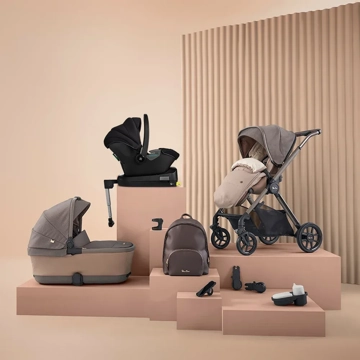
Everything you need with your Reef pram including a First Bed Folding Carrycot, Dream i-Size infant carrier, changing bag, footmuff, phone holder and snack tray

Reef, our multi-terrain travel system offering the ultimate in baby comfort no matter where your adventures take you with its freestanding fold, first bed folding carrycot and off road wheels with a travel pack
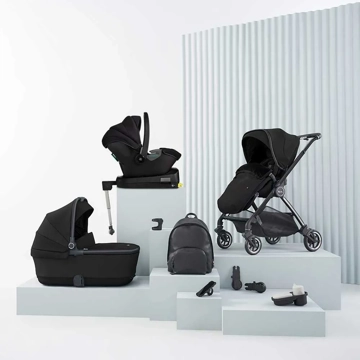
Everything you need with your Dune pram including a First Bed Folding Carrycot, Dream i-Size infant carrier, changing bag, footmuff, phone holder and snack tray
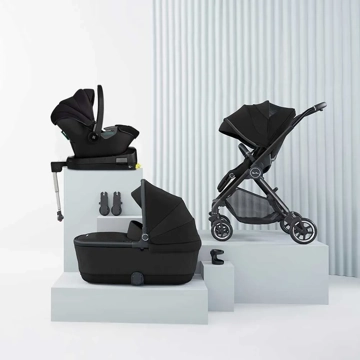
Combine your Dune pram with a Newborn Pod and an award-winning Dream i-Size infant carrier and Travel pack.
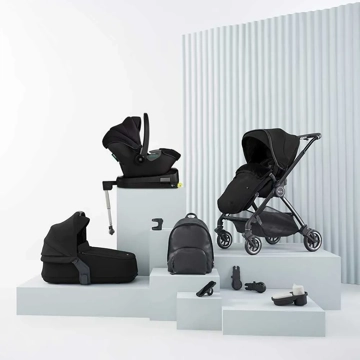
Everything you need with your Dune pram including a Compact Folding Carrycot, Dream i-Size infant carrier, changing bag, footmuff, phone holder and snack tray

Combine your Dune pram with a Compact Folding Carrycot and an award-winning Dream i-Size infant carrier
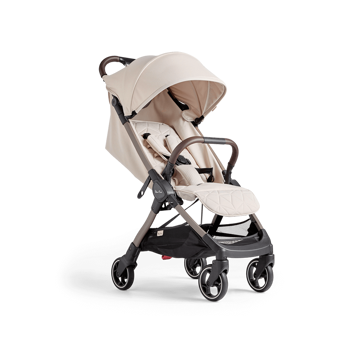
For everyday strolls with a one hand fold
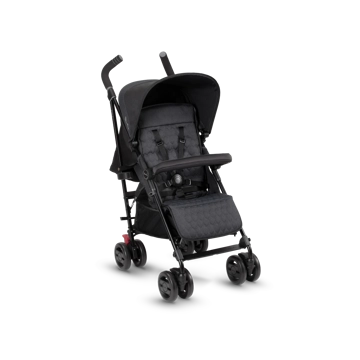
Suitable from newborn to toddler, Pop is the ultimate everyday pushchair offering a smooth and comfortable ride for baby and added peace-of-mind for parents.
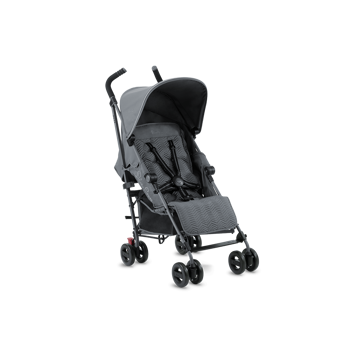
Upgrade your daily strolls with Zest, our everyday pushchair offering style and comfort for both parents and babies.
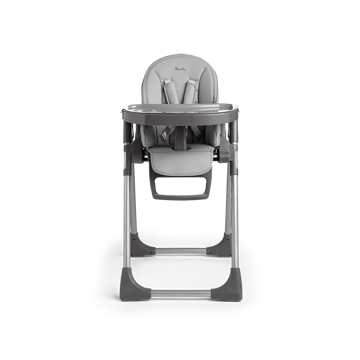
Makes mealtimes fun
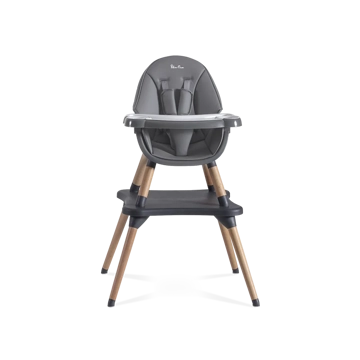
Eat&Play is the 4-in-1 highchair and play table that does it all. Transforming effortlessly from...
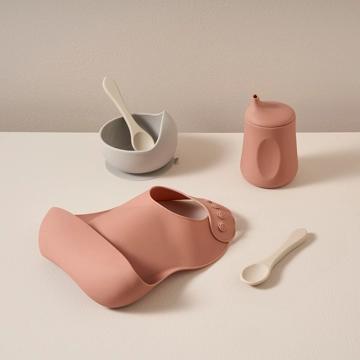
For snacking, weaning and playtime
Start you little one's weaning journey
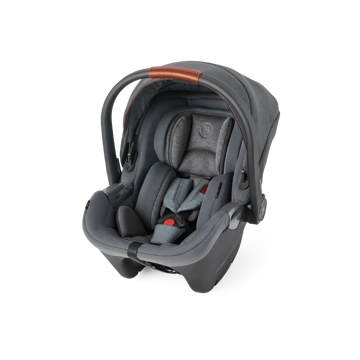
Awarded the safest infant carrier for your newborn by ADAC, when used with the Dream i-Size base
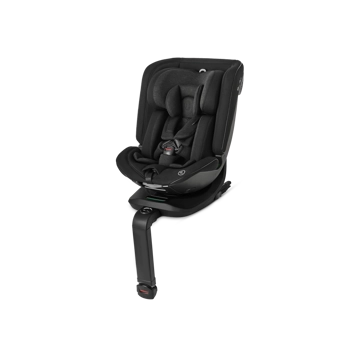
The only 360° rotating car seat you need, suitable from birth to approx. 12 years
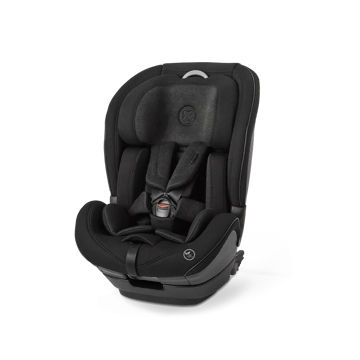
The multi-stage car seat, growing with your child from 15 months to approx. 12 years of age
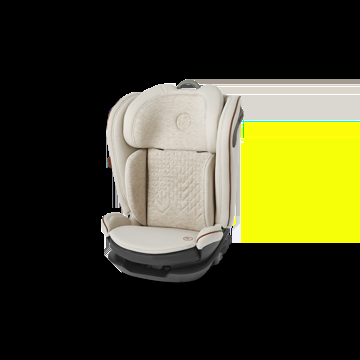
Our high-back booster seat from 4 to 12 years old, approved to the latest R129/03 safety standard
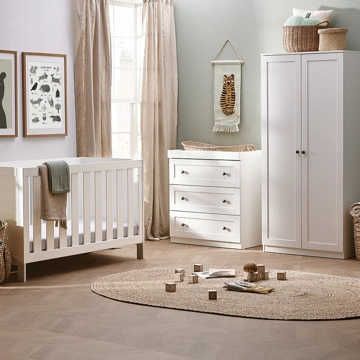
Simple and beautiful, the Bromley nursery furniture collection offers the perfect canvas for creatin...
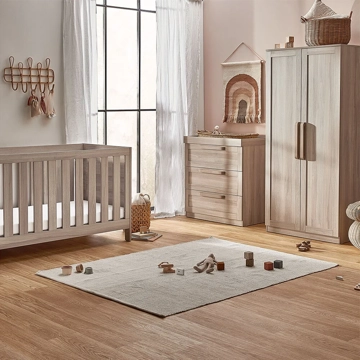
Create the best nursery for your little one to nap, play and grow with the Bromley Oak 3-piece nurse...

Special edition auto-folding super stroller.

Special edition 360° rotating, all stage car seat.
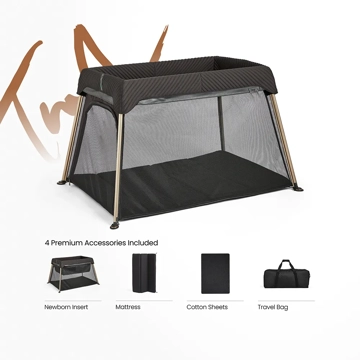
Special edition one-pop travel cot, co-sleeper and playpen.
When you have a newborn, everyone knows that sleep deprivation is real and very much expected – it’s part and parcel of having a baby.
However, what new parents often don’t know is what the expected amount of sleep is for their baby during the day and at night. Below I answer this key question for the different age groups.

Newborn 0-6 Weeks
Your newborn baby's sleep pattern will be irregular and erratic as they will spend most of their time sleeping and only waking up to feed. They typically cannot stay awake for longer than 30-45 minutes at a time.
Ironically this is the time you get the least amount of sleep yourself! Your baby will be awake again within a couple of hours and the process of a nappy change, feed, burp and sleep starts again. As their little tummies can only hold a small amount of milk you are basically feeding on demand at this stage. The only ‘sleep rule’ in these early days and weeks of your baby’s life is to ensure you are following safe sleeping practices.
Despite the irregular sleeping patterns, you can start to teach your baby the difference between night and day early on. This is an essential skill for them to learn as you start to introduce a more scheduled routine as they get older. Things like feeding your baby their first feed of the day in a room with as much natural light as possible is just one of the tips to help them start to recognise day from night early on.
Your little one is getting ready to start a more scheduled daytime routine in this age range. They will still be sleeping for a large part of a 24-hour cycle (about 16-18 hours), but they will now be able to stay awake for longer than 30-45 minutes between feeds and they should be having around four to five naps across the course of the day. As their tummies have now stretched to hold larger amounts of milk, these longer naps of one to two hours can be possible. You want your baby to be tired and content but awake when you put them down for their naps.
The ideal amount of sleep in this age group is starting to reduce to about 15-16.5 hours over the 24-hour period. However it‘s during this time that I see the most differences between babies’ sleep patterns. Some babies have settled into a nice day and night rhythm, are down to three naps per day and are sleeping 11 or 12 hours across the night (maybe with as little as one wake for a feed). Some are still finding their way and need some additional help; others are in a great pattern but are going through the four month ‘sleep regression’. If your baby still hasn’t found their rhythm it is so important to remember this is no reflection on you or them; some babies just need that additional support.
My top tip for this stage is to really focus on your baby’s self-settling. This is something I am very focused on in my training programs and to me is one of the most important aspects of your baby’s sleep routine. It is so important when putting your baby to sleep at night that you find it an enjoyable experience whilst ensuring they stay asleep for most, or all, of the night.

Six-Eight Months
Your baby should still be sleeping around 15-16.5 hours a day, but this will ideally be for 11-12 straight hours at night and across three naps in the day: two longer naps and then a short power nap before bed. The power nap is one that many parents don't do with their babies at this age because they are worried it will impact bedtime, when it's actually the opposite! A baby should be able to have a 45-minute power nap that ends about 1.5-2 hours before their scheduled bedtime and still be fine to go down for their normal bedtime. In fact, they will feed and settle better because of it. If they don't have this nap, you will probably have a baby who becomes very overtired and go through something parents often refer to as ‘witching hour’.
One of the hardest things about this period is listening to the stories of your friends. Whilst your baby is still waking a couple of times at night for milk or to get rocked back to sleep, your friend’s baby is sleeping through the night! Remember that your baby will get there, some just need a little bit of extra help to do so.
Your baby should be sleeping for around 14-15 hours per day, spread over 11-12 hours at night, ideally with two daytime naps which are usually a short 45 minutes in the morning and a 1.5-2 hour nap post lunch.
It’s at this stage that you might find the hardest thing is sleep regressions which can occur between eight and ten months old – usually driven by separation anxiety and their increased physical development (standing, crawling, pulling themselves up). The separation anxiety part can be a challenging time for you and them, as parents often feel guilty by not letting their little ones creep into their bed at this stage. The one thing for parents to remember is that this stage will pass, but whilst it is on-going, it’s important to try not to introduce too many sleep associations that are not sustainable or desirable longer term.

Twelve-Thirty-Six Months
At the early end of this age spectrum, your toddler will start to drop to one consolidated daytime nap, lasting anything between 1.5-2.5 hours after their lunch. Over the course of the 24-hour period, they will likely sleep for around 13-14 hours and they should be waking up from their nap around 4-4.5 hours before bedtime. This nap may start to reduce, and the awake time required may start to increase, as the toddler moves towards the latter end of this age spectrum.
Thirty-Six Months+
When a child is approaching three years old, this is when you will start to see signs of them wanting to drop their nap. The signs will be them beginning to fight their daytime nap or not falling asleep as quickly at bedtime as they used to. In the early days of the nap being dropped, it's important to give your child some ‘quiet time’ so they (and you!) have the opportunity to rest and be less active.

Chris McFadden, founder of The Daddy Sleep Consultant, is the first qualified male baby and toddler sleep consultant in the UK & Ireland. As a dad of two himself, he specialises in designing baby and toddler sleep training programmes for a better night's sleep. He works with his clients on a one to basis and hosts a series of age-specific courses online, so parents can implement his expert practises at their own pace.